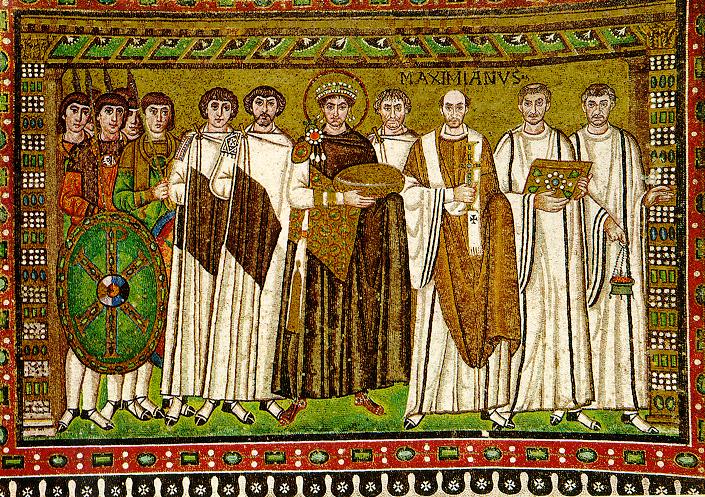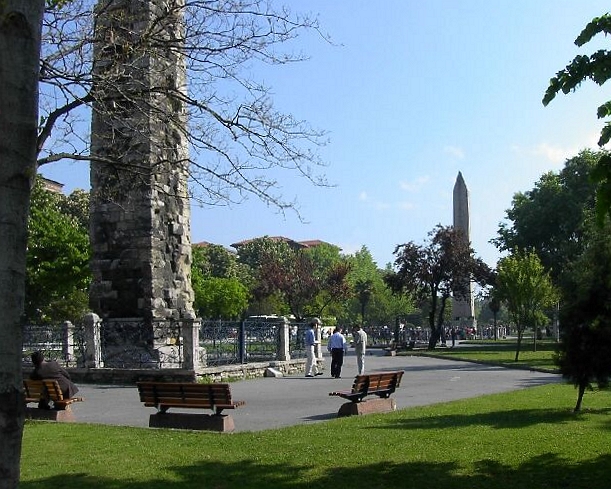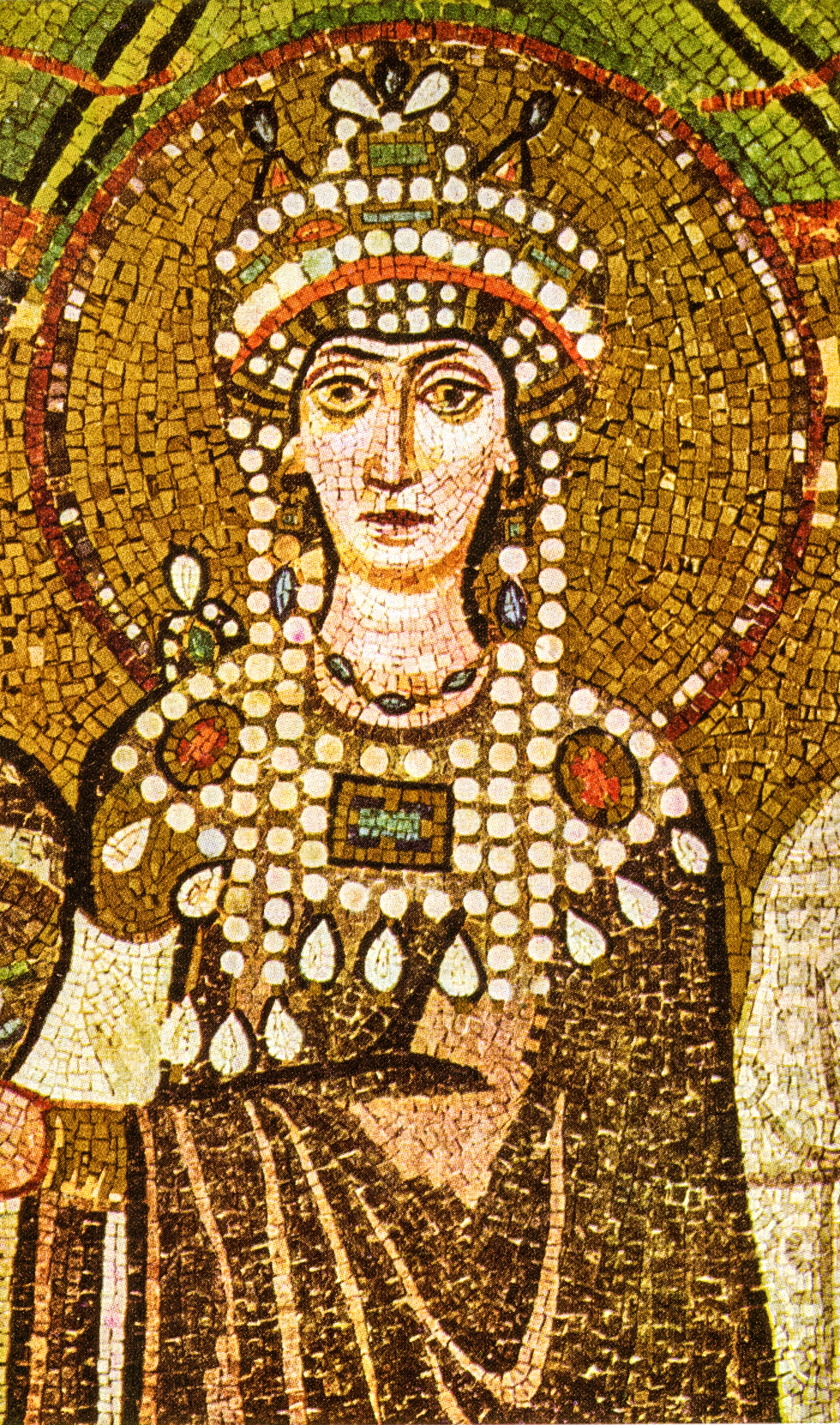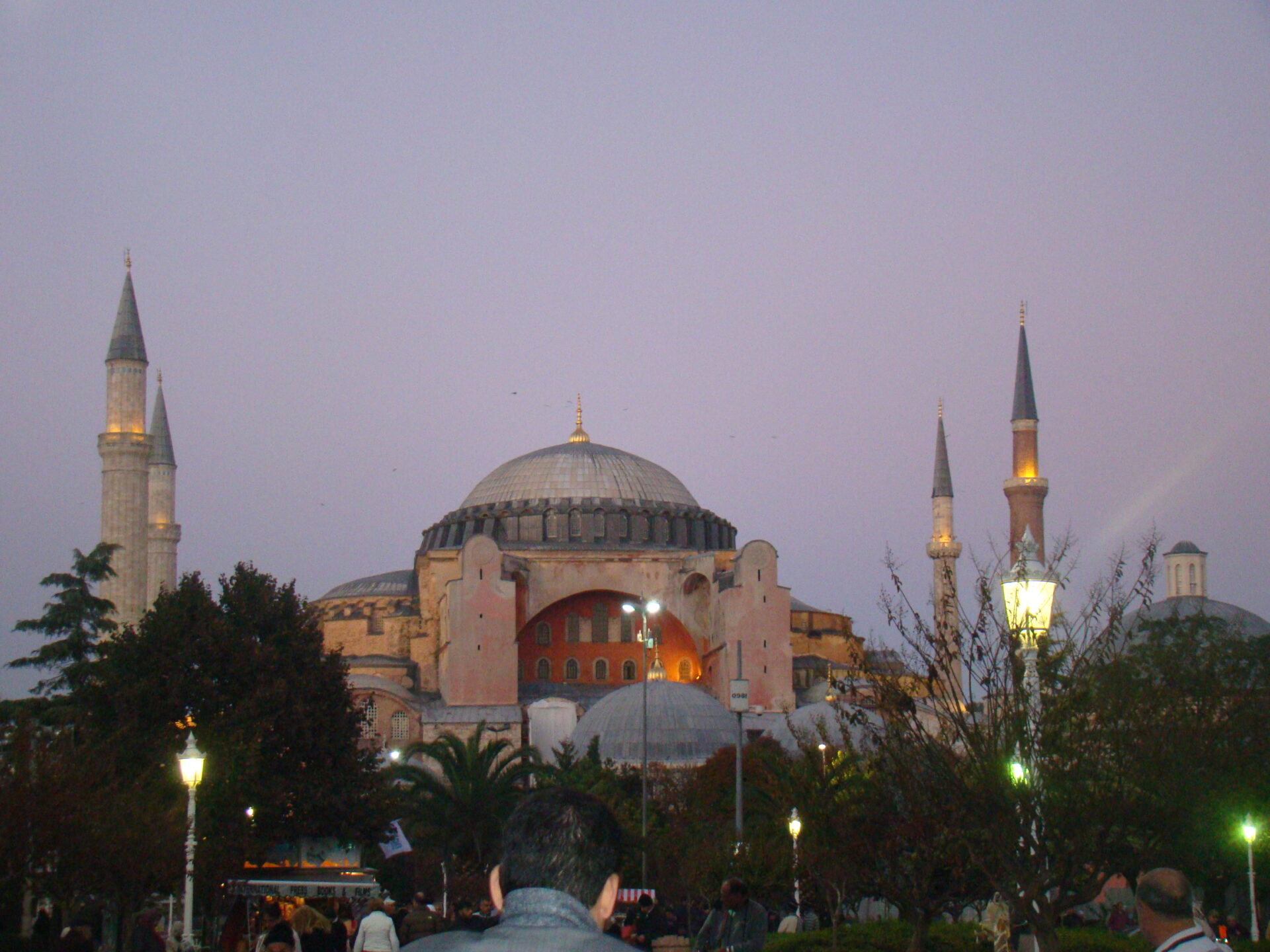On a cold January day in 532 AD, the heart of the Byzantine Empire—Constantinople—was burning. The air was full of smoke from torched buildings, and screams echoed through the streets. Tens of thousands of people had gathered in the Hippodrome, not to watch chariot races, but to bring down an emperor. In less than a week, the city would lose some of the most important buildings, including basilicas, courthouses, and, most importantly, nearly half of its population. These were the Nika Riots—probably the most violent and dangerous uprising in the history of Byzantine Constantinople.

Nika Riots- A City on the Edge
Justinian, now considered the most successful Byzantine Emperor, who ruled from 527 to 565 and had big dreams: reconquering the western Roman provinces, codifying Roman law, and strengthening the empire’s religious authority. To put it simply, he wanted to restore the Roman Empire. But to fund these ambitions, he implemented heavy taxation. The burden fell hardest on the middle and lower classes. Soon enough, the appointed officials who implemented the taxes, especially John the Cappadocian became infamous for their cruelty, but also corruption.
At the same time, Constantinople was divided along deep social and religious lines. The city’s population had aligned with two powerful factions: the Blues and the Greens. These were not just fans of chariot teams—they were political and religious forces, each tied to different sects of Christianity and different layers of the aristocracy and popular class. Simply, the Blues and the Greens were the way of life for their followers. Like Rangers and Celtic in today’s Glasgow. Riotous behavior between the Blues and Greens was common, especially after chariot races, but in the early weeks of 532, what had been a powder keg for decades was about to explode.
The Nika Riots – The Spark that Lit the Blaze
On January 10, a regular execution was held in the Hippodrome. Several members of the Blues and Greens had been arrested for murder following a street fight, and two of them survived their hanging due to a poorly performed execution. They took refuge in a church, and crowds gathered, demanding mercy. Justinian, seeking to calm tensions, declared a new race day for January 13, hoping the spectacle would distract the population. He underestimated the anger brewing beneath the surface. It is very important to remember that he was very early in his reign, and still very young and inexperienced.
When the emperor appeared in the imperial box at the Hippodrome, he was met not with cheers but with a roar of fury. Both the Blues and Greens united, shouting a single, chilling word: “Nika! Nika!”—”Victory!” or “Conquer!” But this wasn’t a cheer for the racers. It was a call to overthrow the emperor. From that moment, the revolt became known as the Nika riots.
The Nika Riots – Five Days of Fire and Fury
What followed was not a riot. It was a full-scale uprising. For five straight days, Constantinople descended into anarchy. The mob rampaged through the streets, torching palaces, basilicas, bathhouses, and public buildings. The original Hagia Sophia, a massive and ancient Christian basilica, was among the buildings burned to the ground. The rioters soon began issuing political demands: they wanted the removal of Justinian’s unpopular ministers, especially John the Cappadocian and the city prefect Tribonian.
What started as fury over factional injustice became a full-blown political revolt. Some senators, long bitter toward Justinian’s centralization of power, saw their chance and backed a rival: Hypatius, nephew of former emperor Anastasius. He was hesitant, but the crowd dragged him to the Hippodrome and proclaimed him emperor. Inside the palace, Justinian faced a choice: flee the city or fight the Nika riots.

The Nika Riots – Theodora’s Defining Hour
At this critical hour, Justinian wavered. Some of his advisors urged him to abandon the capital and regroup elsewhere. But history often turns on the resolve of a single voice. That voice belonged to Theodora, the emperor’s wife and former actress. This is the moment when she become much more than a Empress, she became an equal partner of the Emperor. In what became one of the most famous speeches in Byzantine history, she told Justinian:
“If you wish to save yourself, my lord, there is no difficulty. As for me, I hold to the ancient saying: Royalty is a fine burial shroud.”
Her steel resolve shamed and inspired Justinian. He stayed—and planned.
The Nika Riots – Massacre in the Hippodrome
The emperor prepared a final, deadly move. With the help of his trusted generals—Belisarius, the brilliant young commander, and Mundus, the commander of the imperial guard—he hatched a trap. On January 18, Justinian invited the rioters to the Hippodrome for negotiations. Once inside, the gates were sealed. Then, imperial troops stormed in from all entrances, systematically cutting down the crowd.
By the end of the day, over 30,000 people lay dead. The sands of the Hippodrome were soaked in blood. Hypatius, the rival emperor, was captured, dragged before Justinian, and—despite Theodora’s call for mercy—executed. His body was unceremoniously tossed into the sea to erase the memory of his brief, illegal reign.

The Nika Riots – Aftermath – An Empire Reforged
With the fires extinguished and the bodies cleared, Justinian rebuilt. But this was not a simple return to order. It was the dawn of a new imperial image—one where the emperor was seen not merely as a ruler, but as God’s chosen sovereign, both judge and redeemer of the empire. In the very place where the old Hagia Sophia had burned, Justinian commissioned a new, grand basilica—a structure so magnificent it would stand as the heart of Orthodox Christianity for nearly a thousand years. Completed in just five years, the new Hagia Sophia remains one of the most iconic landmarks in the world today.
The riots had also revealed the fragility of urban power. Justinian responded by tightening control over the factions, reducing the influence of the Senate, and relying increasingly on his wife, generals, and legal advisors to centralize authority. The Nika Riots didn’t destroy Justinian’s reign—they became the turning point that defined it.

Still, the Nika Riots of 532 remain one of the most devastating urban revolts in world history, a moment when the Roman legacy nearly crumbled under its own people. But they also mark the rebirth of Constantinople as the gleaming, terrifying center of Justinian’s new world and the moment that turned a fragile reign into the restoration that was on the verge of reuniting Roman Empire once again.
Hello, my name is Vladimir, and I am a part of the Roman-empire writing team.
I am a historian, and history is an integral part of my life.
To be honest, while I was in school, I didn’t like history so how did I end up studying it? Well, for that, I have to thank history-based strategy PC games. Thank you so much, Europa Universalis IV, and thank you, Medieval Total War.
Since games made me fall in love with history, I completed bachelor studies at Filozofski Fakultet Niš, a part of the University of Niš. My bachelor’s thesis was about Julis Caesar. Soon, I completed my master’s studies at the same university.
For years now, I have been working as a teacher in a local elementary school, but my passion for writing isn’t fulfilled, so I decided to pursue that ambition online. There were a few gigs, but most of them were not history-related.
Then I stumbled upon roman-empire.com, and now I am a part of something bigger. No, I am not a part of the ancient Roman Empire but of a creative writing team where I have the freedom to write about whatever I want. Yes, even about Star Wars. Stay tuned for that.
Anyway, I am better at writing about Rome than writing about me. But if you would like to contact me for any reason, you can do it at contact@roman-empire.net. Except for negative reviews, of course. 😀
Kind regards,
Vladimir
